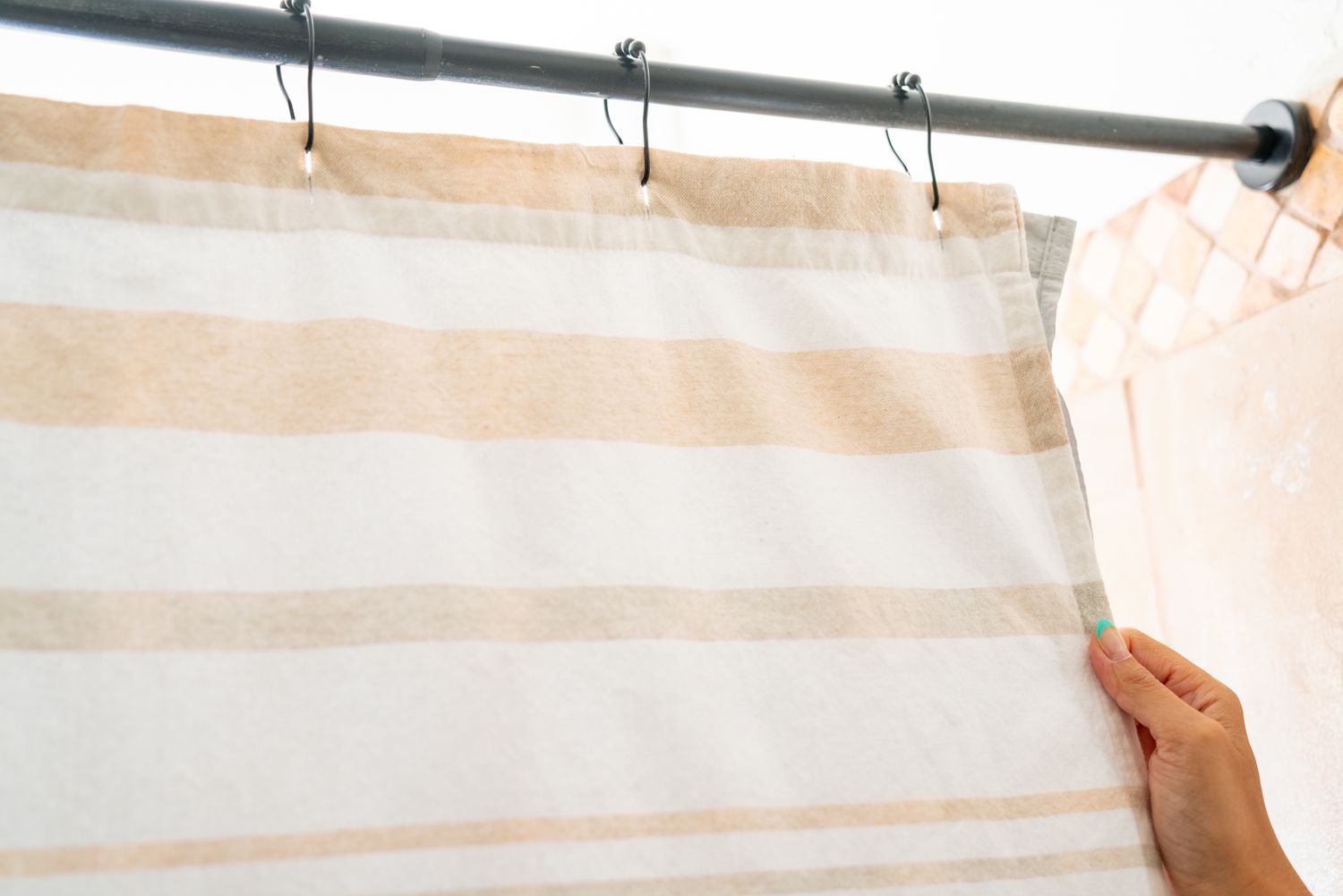

Articles
How To Clean Mold Off Shower Curtains
Modified: December 7, 2023
Learn effective techniques and tips in our articles on how to clean mold off shower curtains. Say goodbye to unsightly mold and keep your bathroom fresh and clean.
(Many of the links in this article redirect to a specific reviewed product. Your purchase of these products through affiliate links helps to generate commission for Storables.com, at no extra cost. Learn more)
Introduction
Welcome to our comprehensive guide on how to clean mold off shower curtains. Your shower curtain is an essential part of your bathroom decor, but it can also be a breeding ground for mold and mildew. Not only does mold on shower curtains look unsightly, but it can also pose health risks to you and your family. In this article, we will explore the importance of regularly cleaning your shower curtains, understand the dangers of mold, and provide you with effective methods to remove mold from your shower curtains.
Regularly cleaning your shower curtains is crucial for maintaining a hygienic bathroom environment. Over time, soap scum, hard water deposits, and body oils can accumulate on the surface of the curtains, creating a perfect breeding ground for mold and mildew. Mold thrives in damp and dark environments, making shower curtains an ideal habitat.
While some may dismiss mold on shower curtains as merely an aesthetic issue, it is important to recognize the potential health risks. Mold spores can become airborne and be inhaled, causing respiratory problems, allergies, and other adverse health effects. Individuals with weakened immune systems, asthma, or allergies are especially vulnerable to the harmful effects of mold exposure.
Before we dive into the various methods for removing mold from shower curtains, it is essential to take some necessary precautions. First, ensure that you wear protective gloves and a mask to avoid direct contact with mold spores. Open windows or use a fan to provide proper ventilation while cleaning. Lastly, be cautious to prevent the spread of mold spores to other areas of your bathroom.
We will now discuss effective methods for removing mold from shower curtains. Remember, the method you choose may depend on the severity of the mold infestation and the material of your shower curtain.
Key Takeaways:
- Regularly cleaning shower curtains prevents mold, maintains hygiene, improves air quality, and extends curtain lifespan. Proper ventilation and preventive measures are crucial for a mold-free bathroom environment.
- Effective mold removal methods include vinegar, bleach, hydrogen peroxide, and borax. Precautions, ventilation, and regular maintenance are essential for a clean and healthy bathroom.
Read more: How To Clean Mold Off Curtains
Importance of Regularly Cleaning Shower Curtains
Regularly cleaning your shower curtains is not only necessary for maintaining a clean and visually appealing bathroom but also plays a vital role in ensuring a healthy environment. Here are some key reasons why it is important to clean your shower curtains on a regular basis:
- Mold and Mildew Prevention: Shower curtains provide an ideal environment for the growth of mold and mildew. The combination of moisture and warmth in the bathroom creates the perfect breeding ground for these fungi. Regular cleaning helps to prevent the buildup of mold and mildew, ensuring a cleaner and healthier bathing space.
- Hygiene Maintenance: Shower curtains can accumulate soap scum, body oils, and dirt over time, leading to an unhygienic environment. By cleaning your shower curtains regularly, you can remove these contaminants and maintain a clean and fresh bathroom.
- Improved Air Quality: Mold and mildew growth on shower curtains can release spores into the air, which can be harmful when inhaled. By regularly cleaning your shower curtains, you can minimize the number of mold spores in the air, resulting in improved air quality and reducing the risk of respiratory issues.
- Longevity of Shower Curtains: Proper maintenance and cleaning can help prolong the lifespan of your shower curtains. Mold and mildew can deteriorate the material and cause discoloration, leading to the need for premature replacement. Regularly cleaning your shower curtains can help prevent damage and extend their durability.
Cleaning your shower curtains shouldn’t be limited to removing visible dirt and stains. It is crucial to address the potential growth of mold and mildew, as they can have a significant impact on your health and well-being. By incorporating regular cleaning into your bathroom maintenance routine, you can ensure a cleaner, healthier, and more inviting environment for you and your family.
Understanding Mold and Its Dangers
Mold is a type of fungus that thrives in damp, dark, and poorly ventilated areas. It reproduces by releasing tiny spores into the air, which can then settle and grow on various surfaces, including shower curtains. Understanding the dangers associated with mold is crucial to protecting your health and maintaining a safe living space.
Here are some key points to help you understand the potential dangers of mold:
- Health Risks: Mold exposure can cause a range of health issues, especially for individuals with allergies, respiratory conditions, or weakened immune systems. Inhaling or coming into contact with mold spores can trigger allergic reactions such as sneezing, coughing, and itchy eyes. Prolonged exposure to mold can lead to more severe respiratory problems and infections.
- Aggravation of Asthma Symptoms: For individuals who already have asthma, mold can exacerbate their symptoms. Mold spores in the air can irritate the airways and trigger asthma attacks. It is essential to keep your environment mold-free for better management of asthma.
- Toxic Mold: Certain types of mold, such as black mold (Stachybotrys chartarum), produce mycotoxins. These toxic substances can cause severe health effects when inhaled or touched. Prolonged exposure to toxic mold can result in respiratory problems, skin irritation, headaches, and even neurological issues.
- Structural Damage: Aside from the health hazards, mold can cause damage to your home. It thrives in moist environments and can eat away at building materials such as wood, drywall, and wallpaper. This can weaken the structural integrity of your home and lead to costly repairs.
- Aesthetics and Odor: Mold on shower curtains can make your bathroom look unappealing. It leaves unsightly stains and can produce a musty odor that is difficult to eliminate. Regular cleaning and mold prevention measures can help maintain the appearance and freshness of your bathroom.
It is crucial to take mold growth seriously and address it promptly. Regularly cleaning your shower curtains and implementing preventive measures will help minimize the risk of mold and protect your health. In the next sections, we will explore effective methods to remove mold from shower curtains.
Necessary Precautions before Cleaning Mold
Before you begin the process of cleaning mold from your shower curtains, it is important to take certain precautions to protect yourself and prevent further contamination. Mold spores can be harmful if inhaled or if they come into contact with the skin. Here are some necessary precautions to keep in mind:
- Wear Protective Gear: It is essential to wear protective gear to minimize your exposure to mold spores. This includes wearing rubber gloves, goggles, and a mask or respirator. These items will protect your skin, eyes, and respiratory system from potential harm.
- Ventilate the Area: Proper ventilation is crucial when dealing with mold. Open windows or use fans to increase air circulation in the bathroom. This helps to prevent the spread of mold spores to other parts of your home and provides fresh air while you work.
- Containment: To prevent the mold from spreading, set up containment measures. Close off the bathroom door and cover any nearby vents or openings with plastic sheeting to create a barrier. This will help contain the mold spores and prevent them from spreading to other areas of your home.
- Clean in Small Sections: It is advisable to clean the mold-affected areas in small sections rather than trying to tackle the entire curtain at once. This approach helps to manage the area and prevents the spread of mold spores around the bathroom.
- Dispose of Contaminated Materials: After cleaning the mold, dispose of any contaminated materials properly. Seal the moldy shower curtain, gloves, and other cleaning equipment in a plastic bag before throwing them away. This prevents the mold spores from spreading further.
- Thoroughly Clean Yourself: Once you have finished cleaning, make sure to remove and dispose of your protective gear safely. Wash your hands and exposed skin thoroughly with soap and water to remove any potential mold spores that may have come into contact with you.
By taking these necessary precautions before cleaning mold from your shower curtains, you can minimize the health risks associated with mold exposure. Remember, if the mold infestation is extensive or if you have underlying health conditions, it may be best to seek professional help to ensure safe and effective removal.
Methods for Removing Mold from Shower Curtains
There are several effective methods for removing mold from shower curtains. The method you choose may depend on the severity of the mold infestation and the material of your curtain. Here are four common methods you can use:
Read more: How To Get Pink Mold Off A Shower Curtain
Method 1: Using Vinegar and Water Solution
Mix equal parts of white vinegar and water in a spray bottle. Spray the solution generously onto the moldy areas of your shower curtain. Allow it to sit for about 15 minutes to loosen the mold. Scrub the curtain gently with a brush or sponge, focusing on the affected areas. Rinse the curtain thoroughly with water and hang it to dry in a well-ventilated area.
Method 2: Using Bleach
If your shower curtain is white or color-safe for bleach, you can use bleach to remove mold. Create a solution of 1-part bleach to 4-parts water. Apply the solution to the moldy areas using a sponge or cloth. Let it sit for a few minutes, then scrub gently to remove the mold. Rinse the curtain thoroughly with water and air dry it away from direct sunlight.
Method 3: Using Hydrogen Peroxide
Hydrogen peroxide is an effective mold remover and can be used on colored or patterned shower curtains. Pour 3% hydrogen peroxide into a spray bottle and liberally spray it on the moldy areas. Allow it to sit for an hour or two. Rinse the curtain with water and let it air dry completely.
Method 4: Using Borax
Borax is a natural mold killer and can be used on moldy shower curtains. Mix 1 cup of borax with 1 gallon of hot water in a bucket or basin. Stir until the borax is dissolved. Submerge the curtain in the solution and let it soak for several hours, preferably overnight. Remove the curtain from the solution and rinse it well with water. Hang it up to dry.
Remember to always follow the instructions provided on the cleaning solution’s packaging and conduct a patch test on a small, inconspicuous area of the curtain before applying it to the entire surface.
These methods can effectively remove mold from shower curtains, but it is crucial to address the underlying cause of mold growth to prevent its recurrence. Proper ventilation, keeping the bathroom dry, and regular cleaning can help minimize the chances of mold regrowth.
Whichever method you choose, be sure to take the necessary safety precautions mentioned earlier, such as wearing protective gear and working in a well-ventilated area, to protect both yourself and your surroundings.
Read more: How To Clean Mildew Off A Shower Curtain
Method 1: Using Vinegar and Water Solution
One of the most popular and effective methods for removing mold from shower curtains is using a vinegar and water solution. Vinegar, specifically white vinegar, is a natural and non-toxic cleaner that has anti-fungal properties, making it an excellent choice for tackling mold. Here’s how you can use vinegar to remove mold from your shower curtains:
- Create the Vinegar and Water Solution: Mix equal parts of white vinegar and water in a spray bottle. For example, you can mix 1 cup of vinegar with 1 cup of water. Make sure to use distilled white vinegar as it is more effective for mold removal.
- Spray the Solution onto the Moldy Areas: Spray the vinegar and water solution generously onto the moldy areas of your shower curtain. Ensure that you cover all the affected areas. Vinegar is acidic and helps to kill and loosen the mold, making it easier to remove.
- Allow the Solution to Sit: Let the vinegar and water solution sit on the moldy areas for about 15 minutes. This allows the solution to penetrate the mold and break it down, making it easier to scrub away later on.
- Scrub the Curtain: Once the solution has had time to work, use a brush or sponge to gently scrub the moldy areas of the curtain. Focus on the areas with the most visible mold growth. Use circular motions and moderate pressure to loosen and remove the mold from the surface of the curtain.
- Rinse the Curtain: After scrubbing, rinse the shower curtain thoroughly with water. Ensure that you remove all traces of the vinegar and mold residue. This will help eliminate any lingering vinegar smell and prevent any potential skin irritation or discoloration from the vinegar solution.
- Dry the Curtain: Hang the shower curtain to dry in a well-ventilated area. It is important to allow the curtain to dry completely before reattaching it to the shower rod. This will help prevent any residual moisture and minimize the chances of mold regrowth.
This vinegar and water solution method is effective for mild to moderate mold infestations on shower curtains. However, if the mold growth is extensive or persistent, it may be necessary to consider more aggressive cleaning methods or seek professional help.
Remember to always wear protective gloves and, if necessary, a mask when handling moldy materials to avoid direct contact with the mold spores. Proper ventilation is also important during the cleaning process to minimize your exposure to the vinegar and mold fumes.
Regularly cleaning your shower curtains, especially in moisture-prone areas like the bathroom, can help prevent mold growth and keep your curtain fresh and hygienic. Additionally, implementing preventive measures like proper ventilation, reducing moisture levels, and frequent drying of the shower curtain can further inhibit mold growth.
Method 2: Using Bleach
If your shower curtain is white or color-safe for bleach, using bleach can be an effective method to remove mold. Bleach is a powerful disinfectant and can kill mold spores, helping to eliminate the presence of mold on your shower curtain. Follow these steps to use bleach for mold removal:
- Prepare a Bleach Solution: In a well-ventilated area, mix 1 part bleach with 4 parts water in a bucket or basin. Ensure that you are using household bleach and not a bleach cleaner that contains other chemicals.
- Apply the Bleach Solution: Dip a sponge or cloth into the bleach solution and apply it directly to the moldy areas of your shower curtain. Make sure to thoroughly wet the affected areas, ensuring the bleach solution comes into contact with the mold.
- Allow the Bleach to Sit: Let the bleach solution sit on the moldy areas for about 15 minutes. This will give the bleach sufficient time to penetrate the mold and break it down, making it easier to remove.
- Gently Scrub the Curtain: Using a sponge or brush, gently scrub the moldy areas of the curtain. Focus on removing the mold stains and ensuring that you cover all the affected areas. Be cautious not to scrub too aggressively, as this may damage the curtain material.
- Rinse the Curtain: After scrubbing, thoroughly rinse the shower curtain with clean water to remove any remaining bleach solution. Make sure to remove all traces of the bleach to prevent any discoloration or damage to the curtain material.
- Dry the Curtain: Hang the shower curtain in a well-ventilated area to dry completely. Ensure that the curtain is fully dry before reattaching it to the shower rod. Mold thrives in damp environments, so it is important to eliminate any moisture to prevent further mold growth.
It’s essential to exercise caution when using bleach, as it can be a strong chemical. Follow the instructions on the bleach packaging and wear protective gloves and eyewear while working with it. Additionally, bleach is not suitable for all types of shower curtains, as it may cause discoloration or damage to certain materials. Always perform a patch test on a small, inconspicuous area of the curtain before applying bleach to the entire surface.
Regularly cleaning your shower curtains with bleach can help prevent and remove mold. However, keep in mind that prolonged or excessive use of bleach may weaken the fabric of the curtain over time. To maintain the longevity of your shower curtain, consider rotating it with a spare curtain or replacing it periodically.
Remember, ventilation is key to reducing excess moisture in your bathroom, as mold thrives in damp environments. Properly ventilate your bathroom after showering or bathing by opening windows or running an exhaust fan to help prevent mold growth on your shower curtain.
Method 3: Using Hydrogen Peroxide
Using hydrogen peroxide is another effective and safe method for removing mold from shower curtains. Hydrogen peroxide is a natural disinfectant and can effectively kill mold spores without causing any discoloration or damage to your curtain. Follow these steps to use hydrogen peroxide for mold removal:
- Choose the Right Hydrogen Peroxide: Opt for a 3% hydrogen peroxide solution, which is commonly available in most pharmacies or grocery stores. This concentration is strong enough to tackle mold but still gentle on your shower curtain.
- Pour the Hydrogen Peroxide into a Spray Bottle: Transfer the hydrogen peroxide into a clean spray bottle for easy application. This will allow you to evenly distribute the solution onto the moldy areas of your shower curtain.
- Spray the Hydrogen Peroxide Solution: Liberally spray the hydrogen peroxide solution directly onto the moldy areas of your shower curtain. Make sure to cover all the affected spots thoroughly. The hydrogen peroxide will attack and kill the mold spores.
- Allow the Solution to Sit: Let the hydrogen peroxide solution sit on the moldy areas for about 1 to 2 hours. This will give the hydrogen peroxide enough time to penetrate the mold and break it down, making it easier to remove.
- Rinse the Curtain: After the hydrogen peroxide has had time to work, rinse the shower curtain thoroughly with clean water. Ensure that you remove all traces of the hydrogen peroxide solution, as leaving it on the curtain for an extended period may cause damage to the fabric.
- Dry the Curtain: Hang the shower curtain in a well-ventilated area to dry completely. Ensure that the curtain is fully dry before reattaching it to the shower rod. This will help prevent any residual moisture and minimize the chances of mold regrowth.
Hydrogen peroxide is a safe and effective alternative to bleach for removing mold from shower curtains. However, it’s essential to conduct a patch test on a small, inconspicuous area of the curtain before applying hydrogen peroxide to the entire surface. Some colored fabrics may be sensitive to hydrogen peroxide and could result in discoloration.
In addition to removing mold, hydrogen peroxide also helps to eliminate odors caused by mold growth. It is a non-toxic option that can be used regularly as a preventive measure to keep your shower curtain mold-free.
Remember, maintaining proper ventilation and reducing the moisture levels in your bathroom will help prevent mold growth on your shower curtain. Regularly cleaning your shower curtain with hydrogen peroxide can help keep it fresh and hygienic, ensuring a clean and inviting bathing environment.
To clean mold off shower curtains, mix equal parts water and white vinegar in a spray bottle. Spray the affected areas, let it sit for 10-15 minutes, then scrub with a brush and rinse thoroughly.
Method 4: Using Borax
Using borax is an effective method for removing mold from shower curtains. Borax, a natural mineral compound, has fungicidal properties that can help kill mold spores and inhibit mold growth. Follow these steps to use borax for mold removal:
- Create a Borax Solution: In a bucket or basin, mix 1 cup of borax with 1 gallon of hot water. Stir the mixture until the borax is completely dissolved.
- Submerge the Curtain: Submerge the shower curtain in the borax solution, ensuring that it is fully immersed. Allow the curtain to soak for several hours, preferably overnight. This will allow the borax to penetrate the mold and loosen its grip on the fabric.
- Scrub the Curtain: After the curtain has soaked, use a brush or sponge to gently scrub the moldy areas. Focus on removing the mold stains and ensuring that you cover all the affected spots. Be careful not to scrub too vigorously, as this may damage the curtain material.
- Rinse the Curtain: Once you have finished scrubbing, rinse the shower curtain thoroughly with clean water to remove any remaining borax solution. Make sure to remove all traces of the borax to prevent any potential skin irritation or damage to the fabric.
- Dry the Curtain: Hang the shower curtain to dry in a well-ventilated area. It is important to allow the curtain to dry completely before reattaching it to the shower rod. This will help prevent any residual moisture and minimize the chances of mold regrowth.
Borax is effective in killing mold spores and inhibiting their growth on shower curtains. However, keep in mind that excessive or prolonged use of borax may weaken the fabric over time. Therefore, it is advised to rotate your shower curtain periodically or replace it when needed.
Proper ventilation is crucial in preventing mold growth on shower curtains. Make sure to keep the bathroom well-ventilated after showering or bathing by opening windows or using an exhaust fan. This will help reduce the moisture levels in the bathroom, making it less conducive for mold growth.
Using borax to clean your shower curtain is an eco-friendly alternative to harsh chemicals. It is safe for most types of shower curtain materials, but it is always advisable to perform a patch test on a small, inconspicuous area of the curtain before applying the borax solution to the entire surface.
By regularly cleaning your shower curtains with borax and implementing preventive measures, you can keep mold at bay and ensure a clean and hygienic bathing environment.
Read more: How To Keep A Shower Curtain From Molding
Tips for Preventing Mold Growth
Preventing mold growth on shower curtains is essential to maintain a clean and hygienic bathroom environment. By incorporating these simple tips into your routine, you can minimize the chances of mold growth and keep your shower curtains fresh and mold-free:
- Proper Ventilation: Ensure that your bathroom is well-ventilated to reduce excess moisture. Open windows, use exhaust fans, or invest in a dehumidifier to improve air circulation and prevent dampness, as mold thrives in moist environments.
- Dry the Curtain: After showering or bathing, pull the shower curtain closed or spread it out to allow it to dry completely. This helps to prevent moisture from getting trapped and promotes quick drying.
- Clean Regularly: Establish a regular cleaning routine for your shower curtains. Remove and wash them according to the manufacturer’s instructions or clean them with suitable cleaning solutions periodically to remove any accumulated soap scum, body oils, or other substances that can contribute to mold growth.
- Use Mold-Resistant Curtains: Consider using mold-resistant shower curtains made with materials that are less susceptible to mold growth, such as nylon, polyester, or vinyl. These materials are less likely to absorb moisture, making it harder for mold to thrive.
- Avoid Leaving Wet Items: Avoid leaving wet items, such as wet towels or clothes, on or near the shower curtain. Hang them up in a designated area or use a towel rack to allow them to dry properly and prevent excess moisture from coming into contact with the curtain.
- Regularly Check and Repair Leaks: Inspect your bathroom for any signs of leaks, such as dripping faucets or pipes. Addressing leaks promptly prevents water accumulation and reduces the risk of mold growth not only on your shower curtains but also in other areas of your bathroom.
- Keep the Shower/Tub Area Clean: Regularly clean the shower or bathtub to prevent the buildup of soap scum and residues that can provide a breeding ground for mold. Wipe down the walls, tiles, and any other surfaces regularly to minimize the chances of mold spores finding a suitable environment to grow and spread.
- Allow Air Circulation: When the shower is not in use, consider keeping the bathroom door open or slightly ajar. This will promote airflow and allow the shower area to dry out more quickly.
- Monitor Humidity Levels: Use a hygrometer to monitor the humidity levels in your bathroom. Ideally, the humidity should be below 50%. If it exceeds this level, take steps to reduce it, such as using a dehumidifier.
- Inspect and Replace Damaged Curtains: Regularly inspect your shower curtains for any signs of damage, such as rips, tears, or fraying. Damaged curtains are more susceptible to mold growth. Replace them as needed to maintain a clean and mold-free environment.
By implementing these preventive measures and being proactive in maintaining a dry and clean bathroom environment, you can significantly reduce the chances of mold growth on your shower curtains. Regular maintenance and vigilant monitoring are key to ensuring a long-lasting and mold-free shower curtain.
Conclusion
Mold growth on shower curtains can not only be unsightly but also pose health risks to you and your family. Regularly cleaning and preventing mold growth on your shower curtains is essential for maintaining a clean, hygienic, and safe bathroom environment. By following the methods and tips provided in this article, you can effectively remove mold from your shower curtains and prevent its recurrence.
Regular cleaning using various solutions such as vinegar and water, bleach, hydrogen peroxide, or borax can help eliminate mold and keep your shower curtains fresh. It is important to choose the appropriate method based on the severity of the mold infestation and the material of your curtain.
Additionally, taking necessary precautions, such as wearing protective gear and proper ventilation, before cleaning mold is crucial to safeguard your health and prevent the spread of mold spores.
Preventing mold growth is equally important. Keep your bathroom well-ventilated, dry your shower curtains thoroughly, and establish a regular cleaning routine. Consider using mold-resistant shower curtains and promptly address any leaks or damage. These preventive measures will help inhibit mold growth in the first place and minimize the need for extensive cleaning.
Remember, mold is not only a cosmetic issue but also a health concern. By maintaining clean shower curtains and a mold-free bathroom, you are creating a safe and inviting space for yourself and your family.
So, don’t neglect the importance of regularly cleaning your shower curtains and taking preventive measures. By following the methods and tips outlined in this guide, you can effectively remove mold from your shower curtains and keep them clean, fresh, and mold-free for a pleasant bathing experience.
Frequently Asked Questions about How To Clean Mold Off Shower Curtains
Was this page helpful?
At Storables.com, we guarantee accurate and reliable information. Our content, validated by Expert Board Contributors, is crafted following stringent Editorial Policies. We're committed to providing you with well-researched, expert-backed insights for all your informational needs.
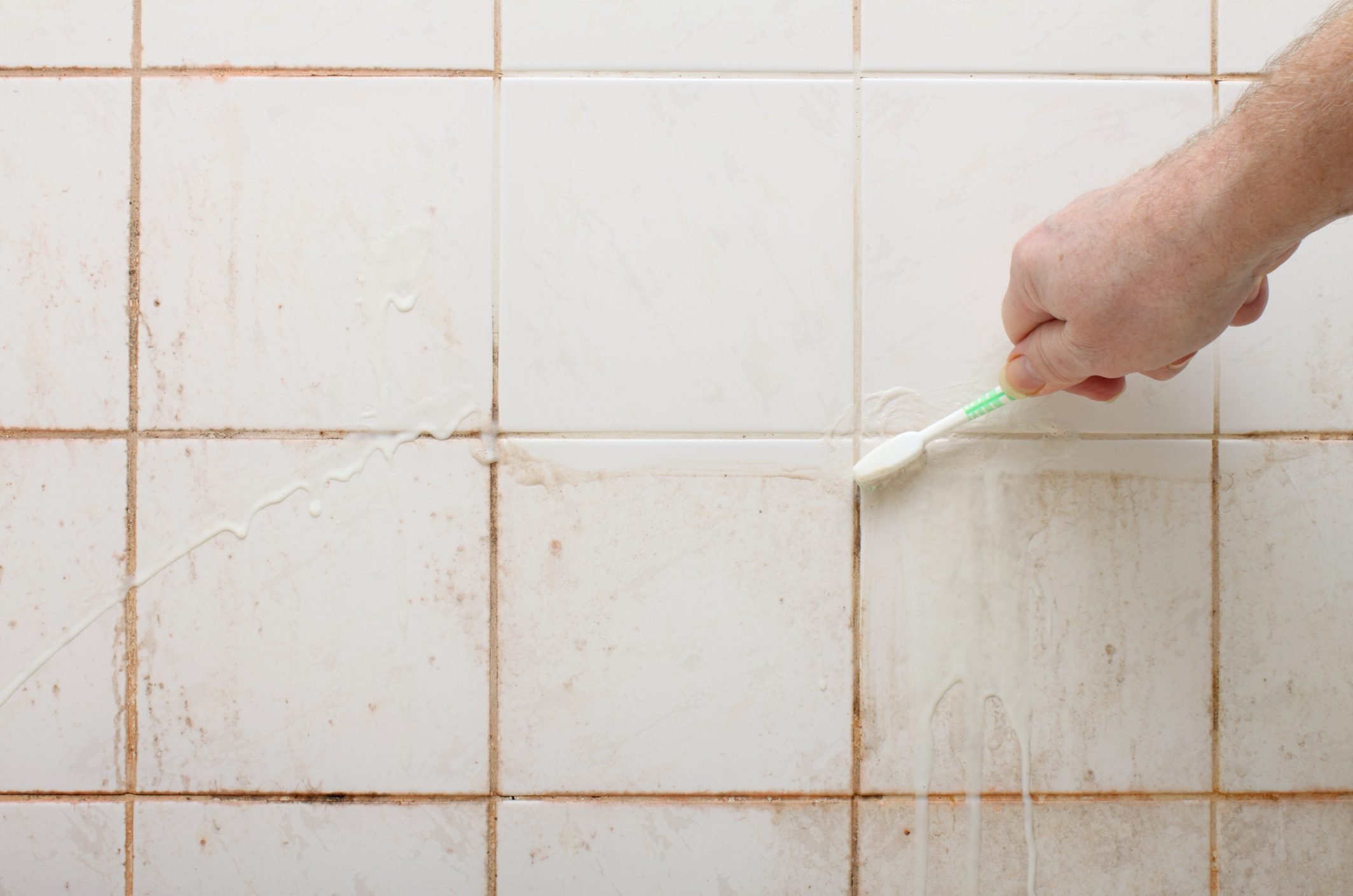
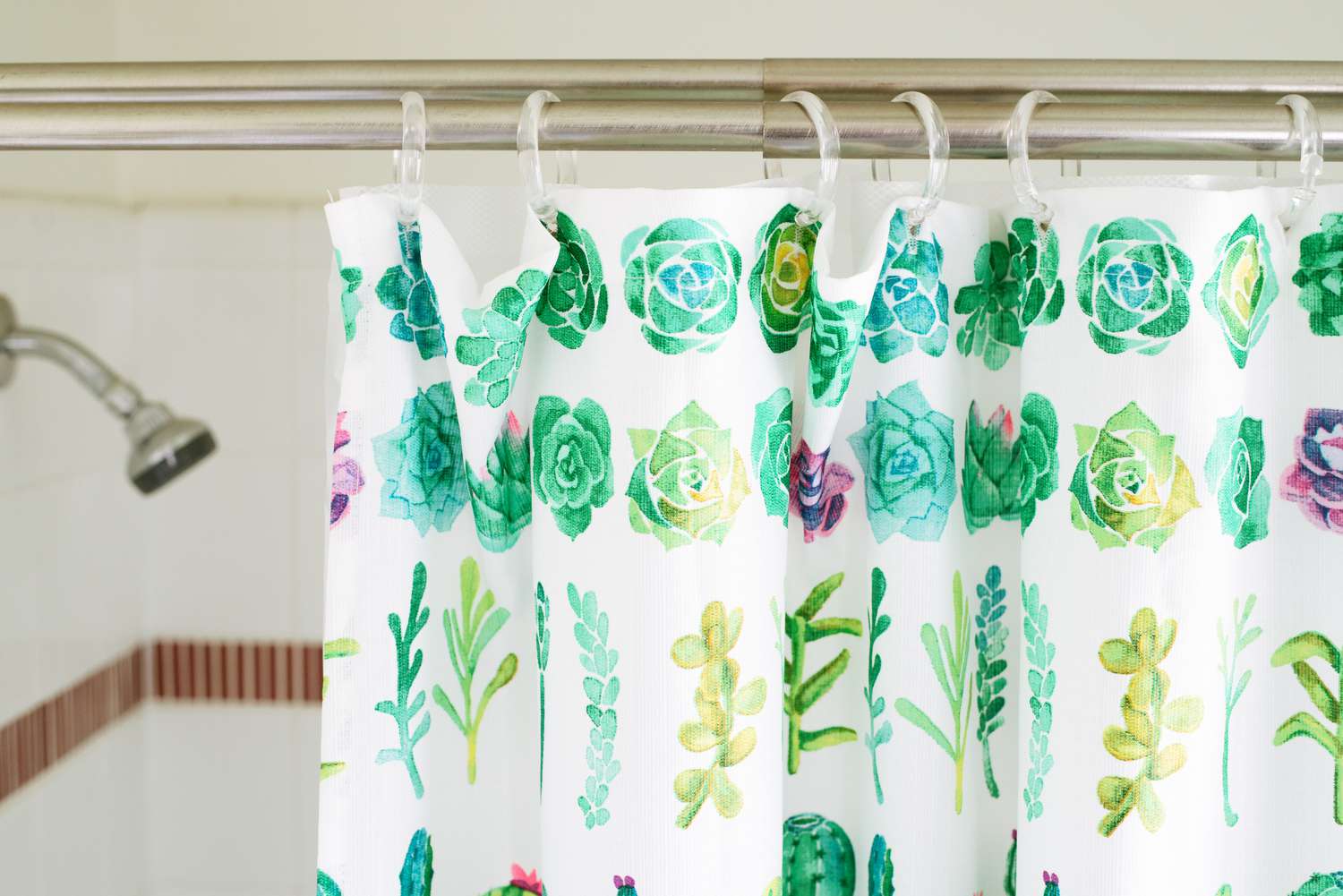
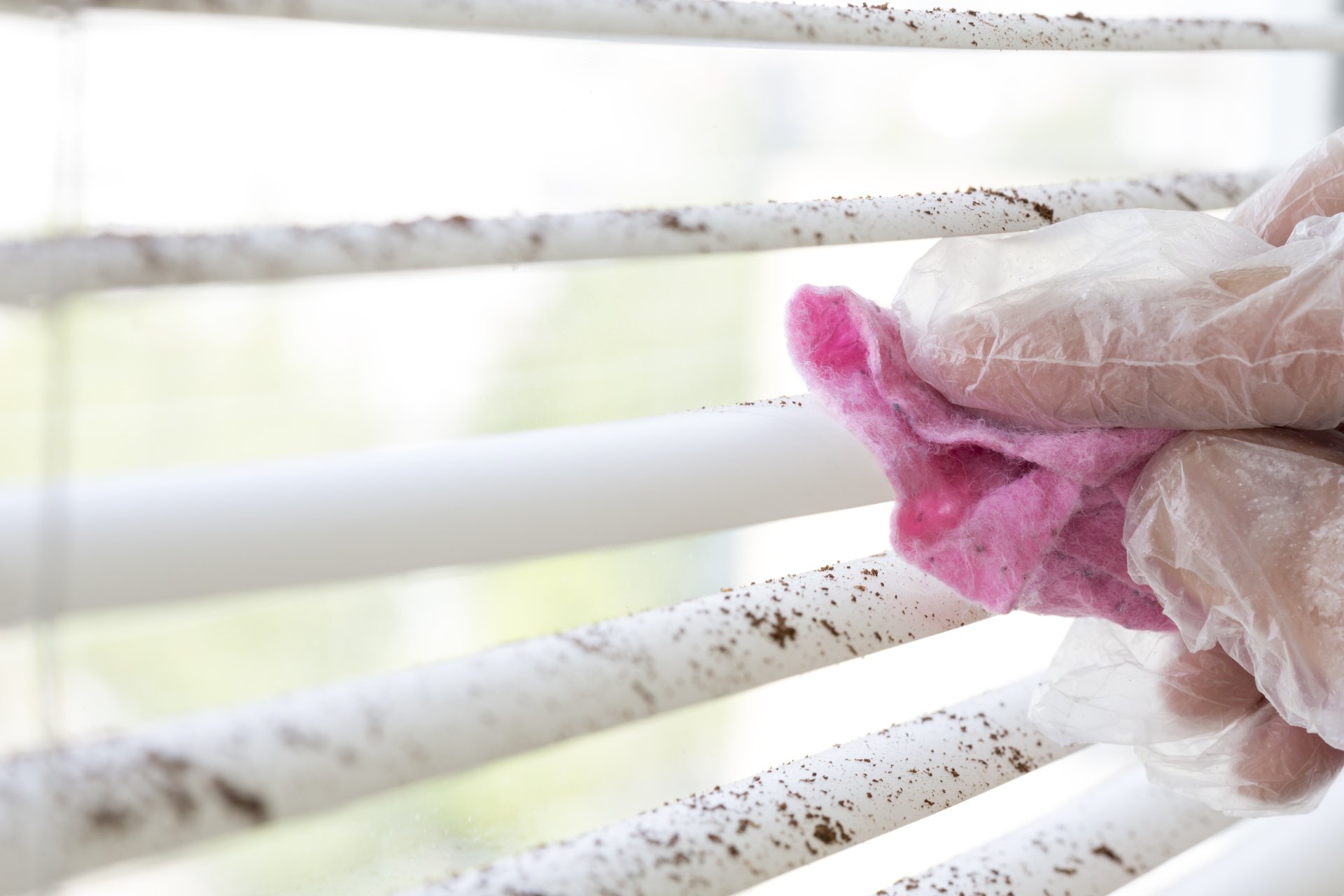
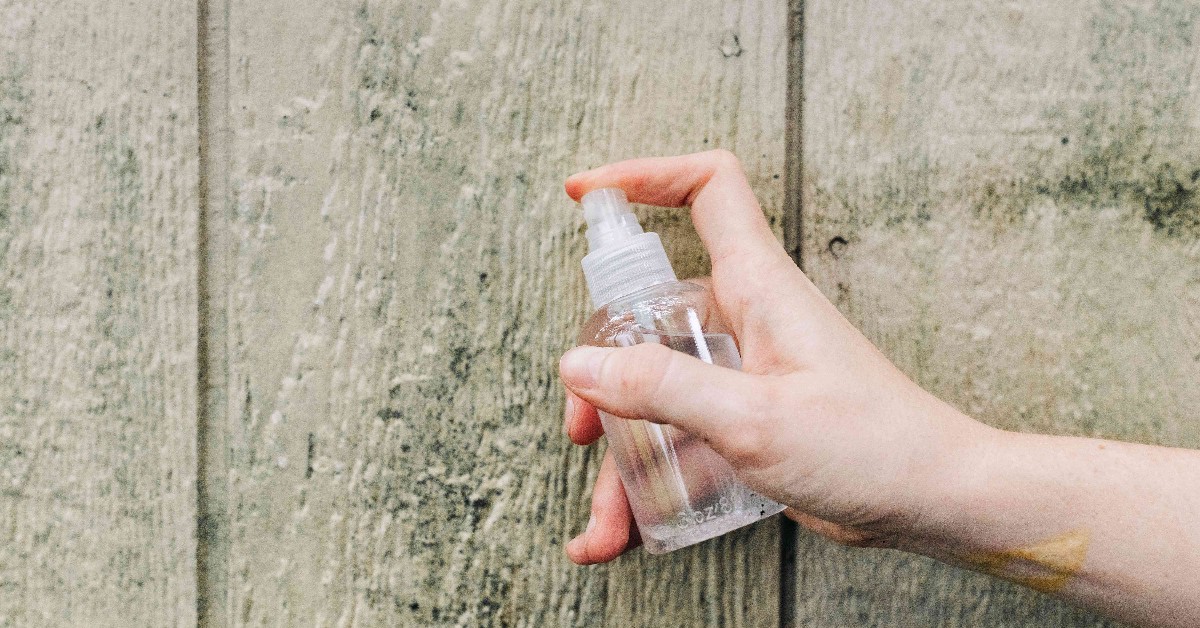
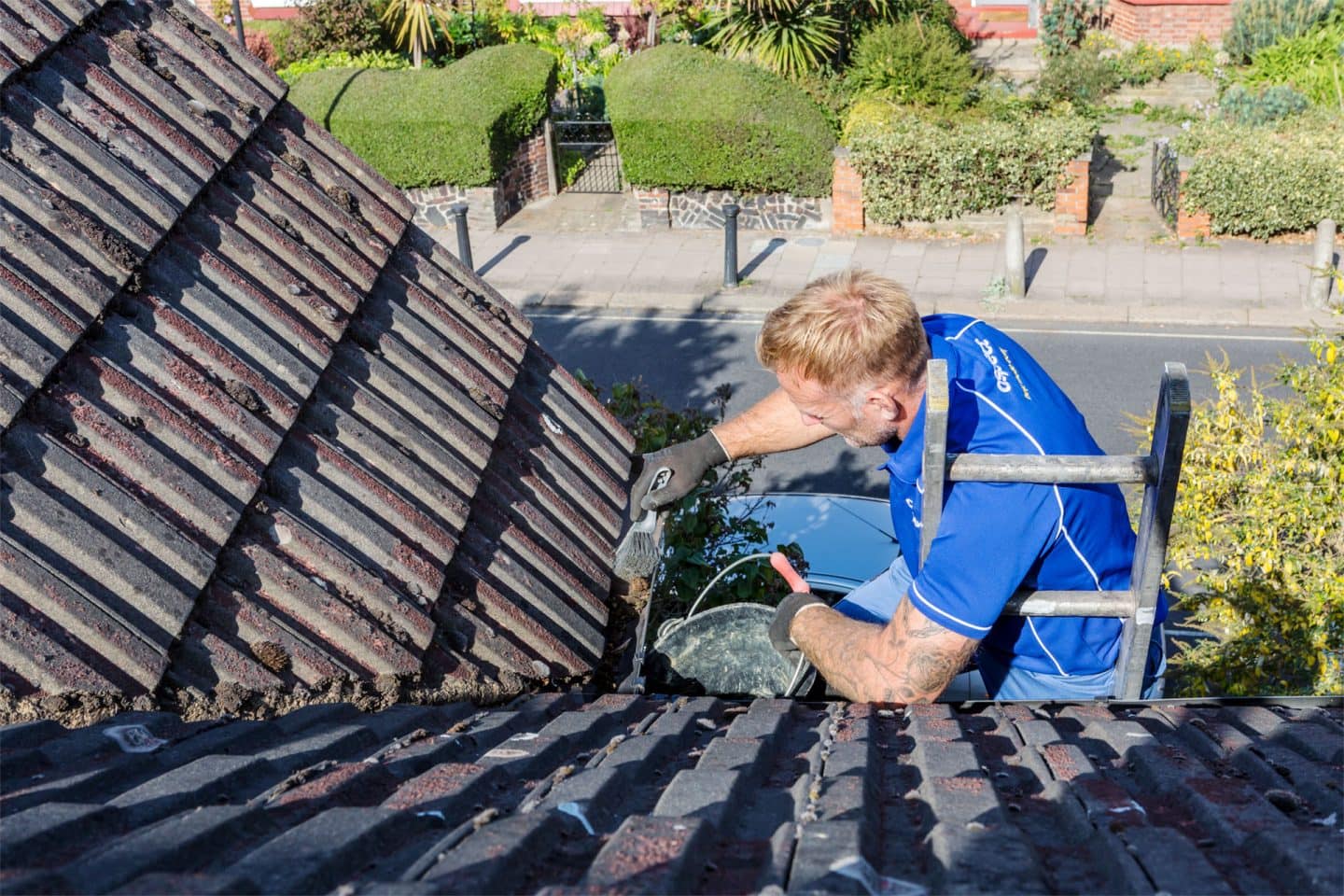
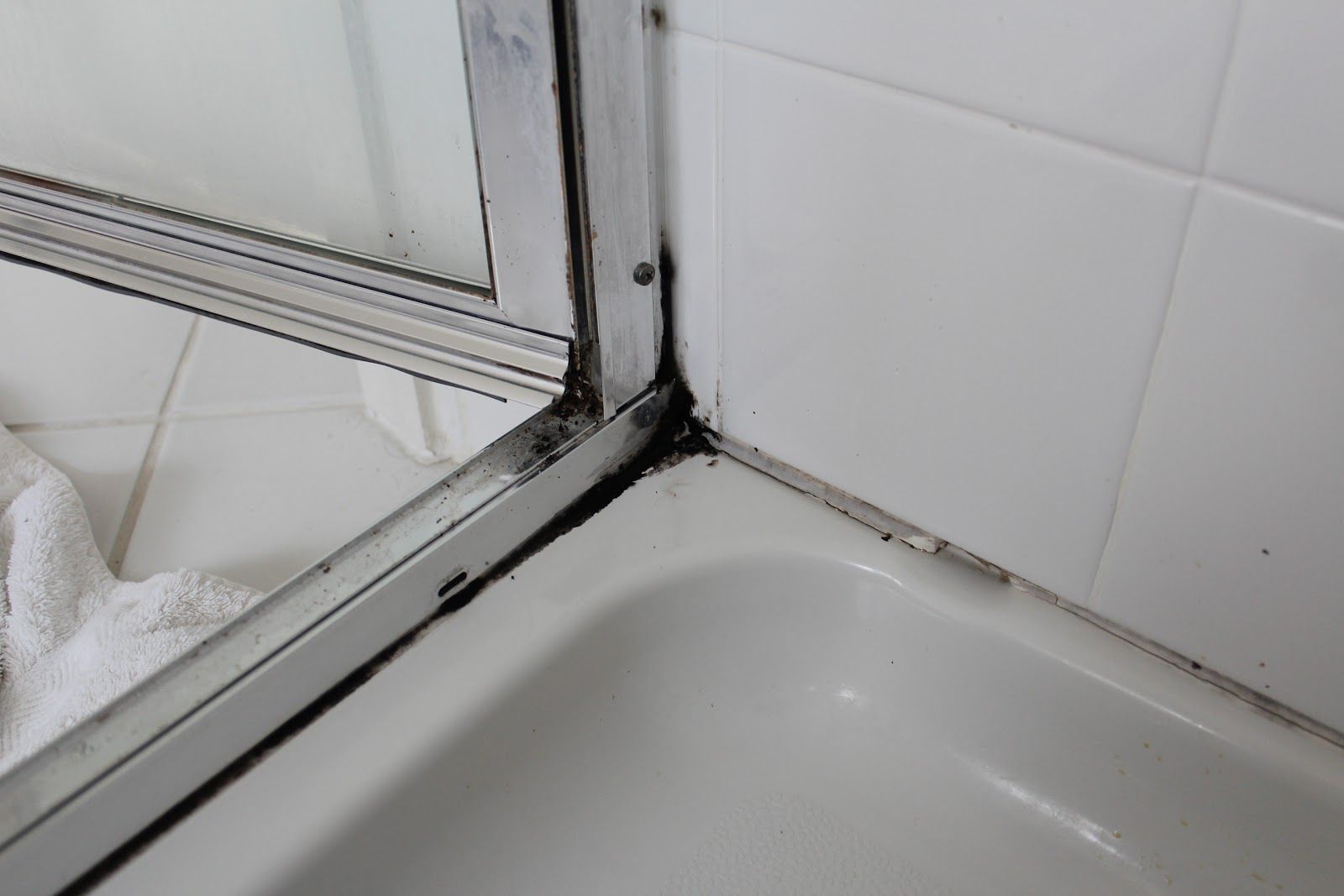
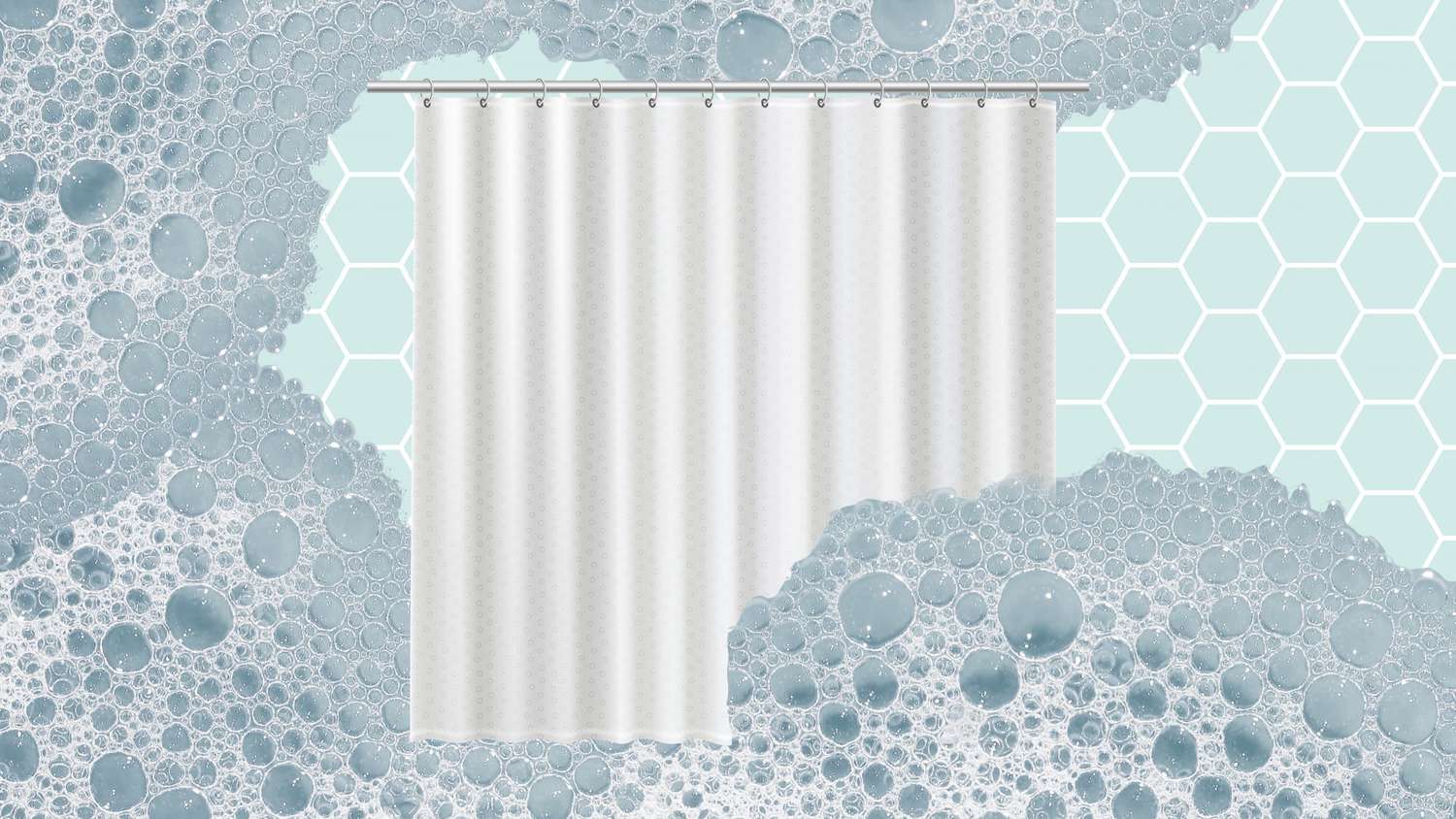
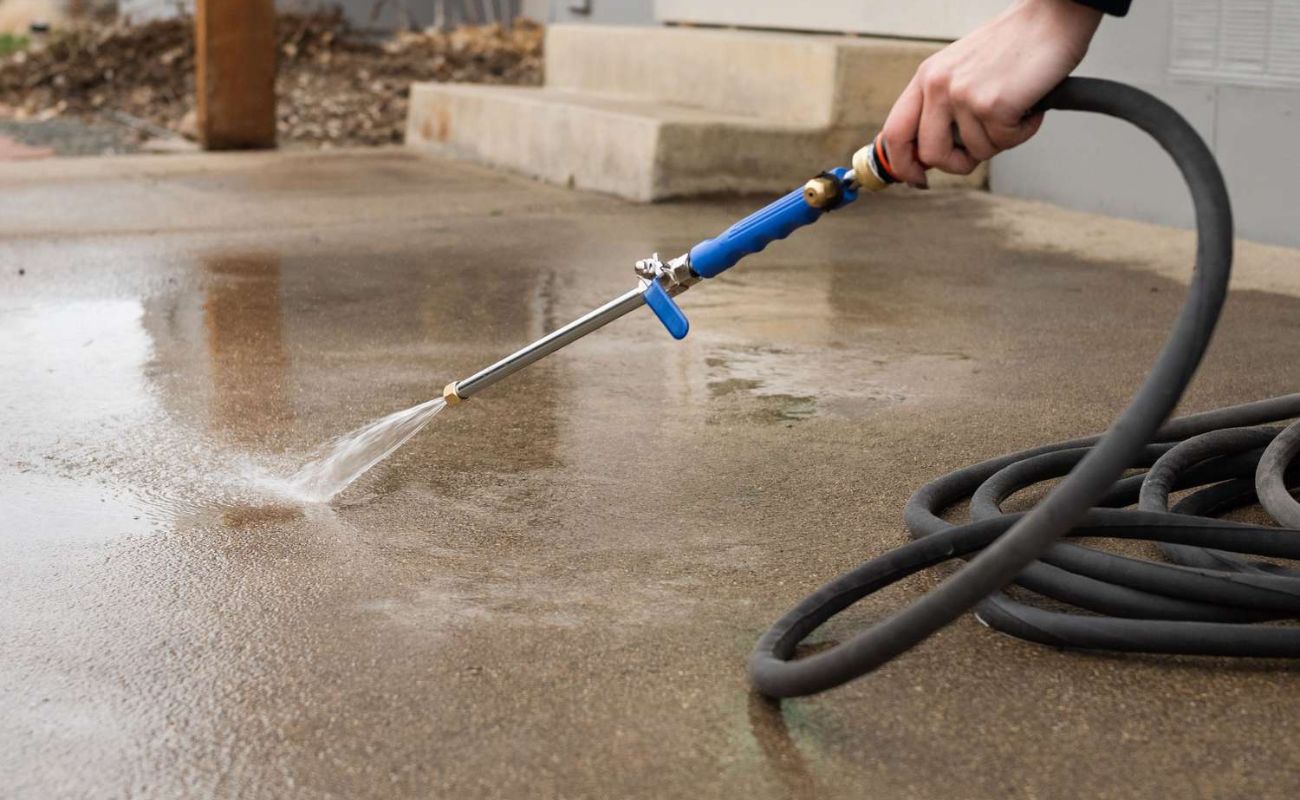
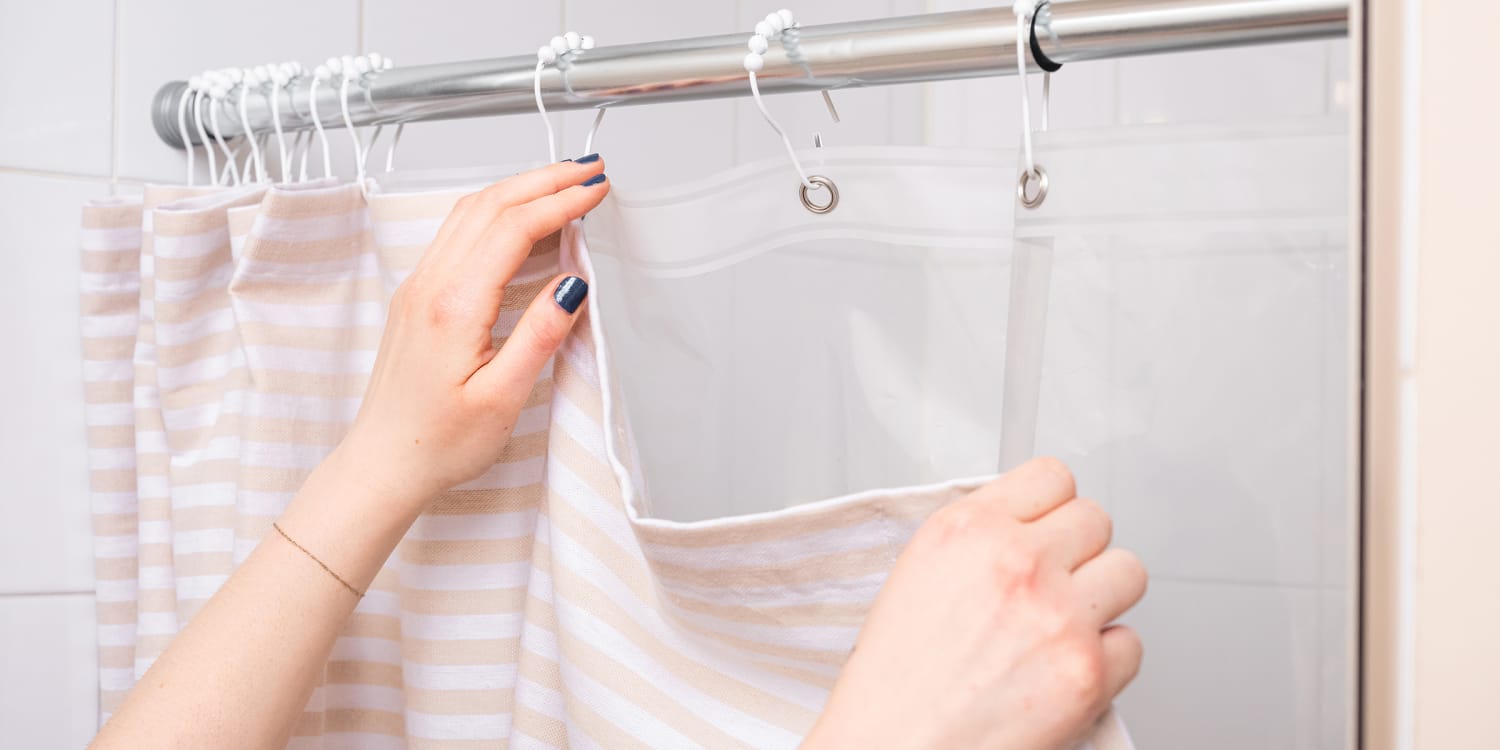
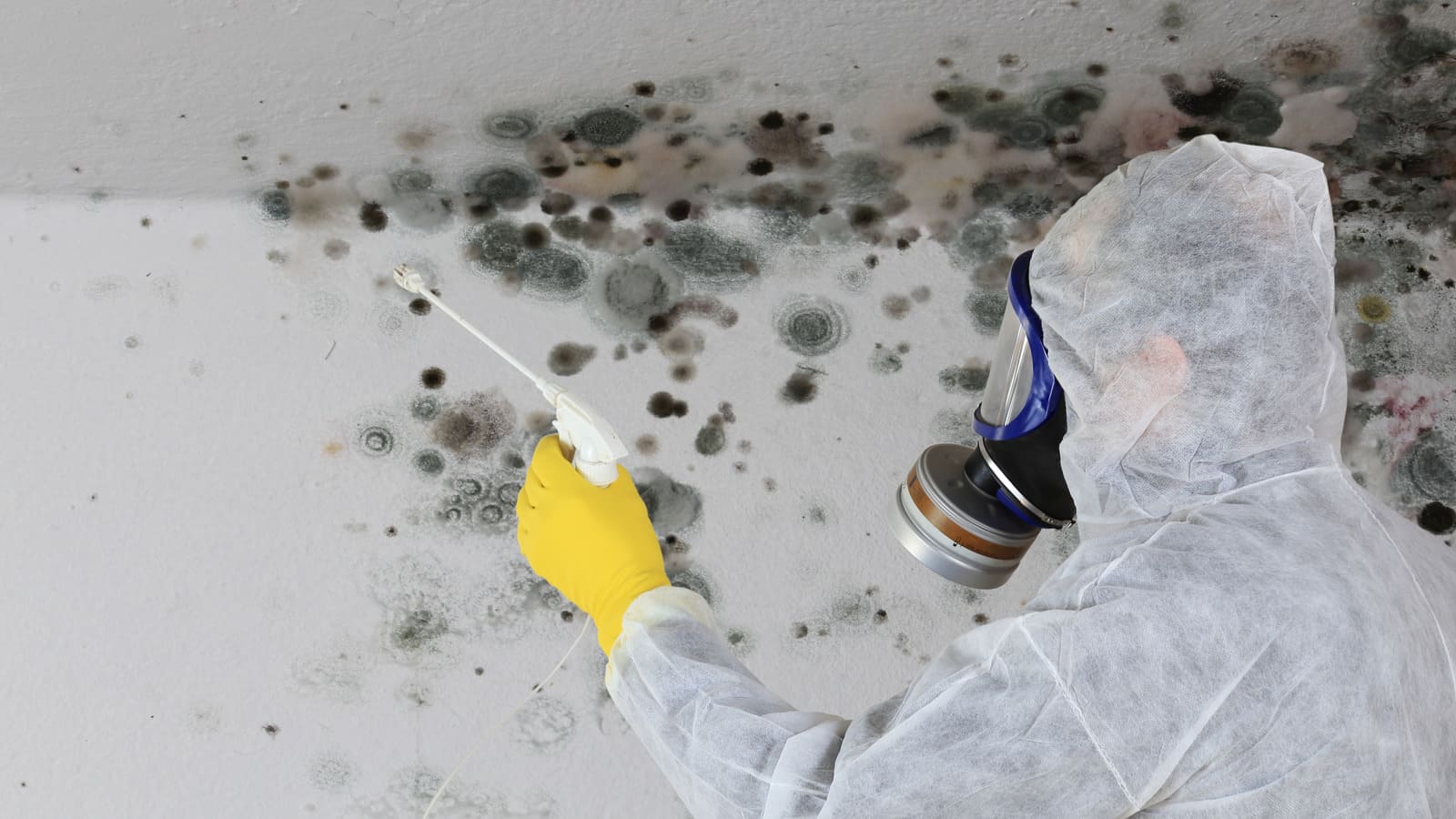
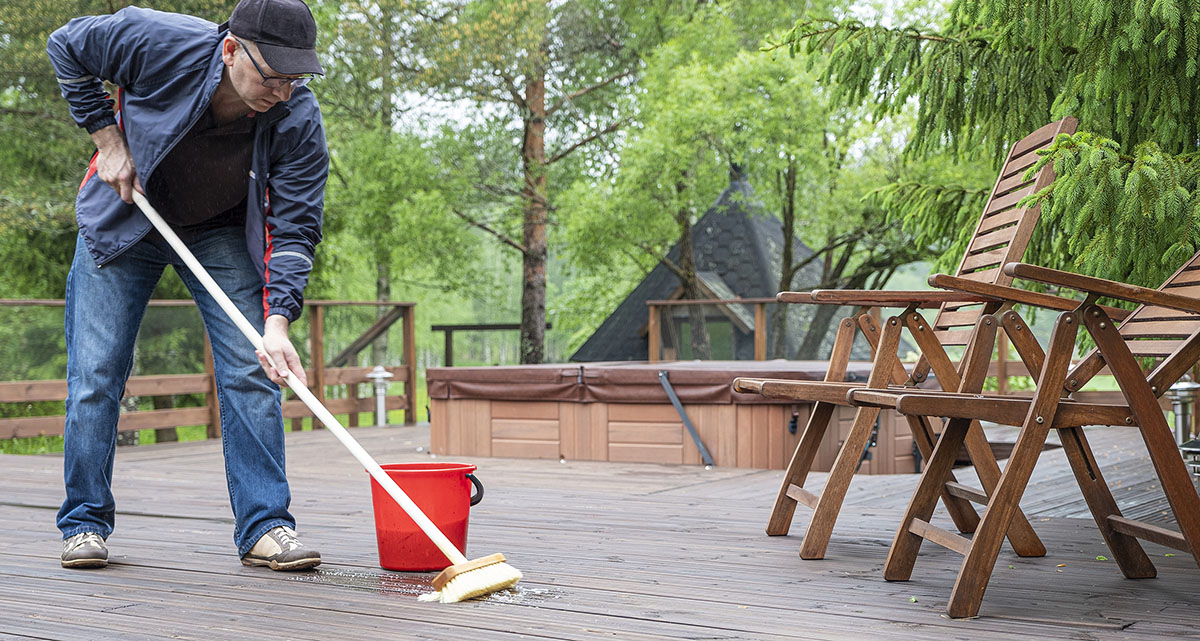


0 thoughts on “How To Clean Mold Off Shower Curtains”